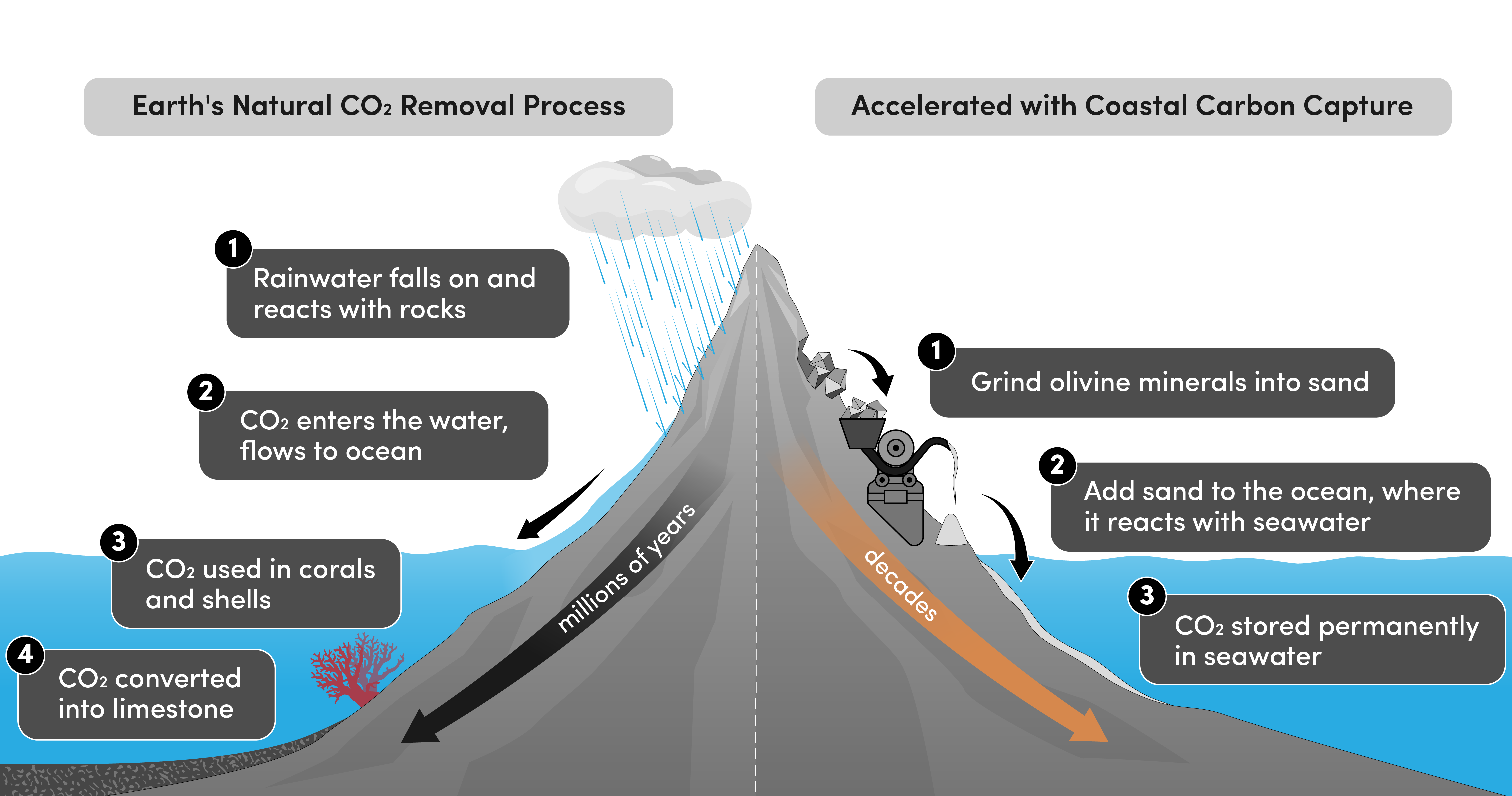 Formed in 2009, the Archive Team (not to be confused with the archive.org Archive-It Team) is a rogue archivist collective dedicated to saving copies of rapidly dying or deleted websites for the sake of history and digital heritage. The group is 100% composed of volunteers and interested parties, and has expanded into a large amount of related projects for saving online and digital history.
Formed in 2009, the Archive Team (not to be confused with the archive.org Archive-It Team) is a rogue archivist collective dedicated to saving copies of rapidly dying or deleted websites for the sake of history and digital heritage. The group is 100% composed of volunteers and interested parties, and has expanded into a large amount of related projects for saving online and digital history.
History is littered with hundreds of conflicts over the future of a community, group, location or business that were "resolved" when one of the parties stepped ahead and destroyed what was there. With the original point of contention destroyed, the debates would fall to the wayside. Archive Team believes that by duplicated condemned data, the conversation and debate can continue, as well as the richness and insight gained by keeping the materials. Our projects have ranged in size from a single volunteer downloading the data to a small-but-critical site, to over 100 volunteers stepping forward to acquire terabytes of user-created data to save for future generations.
The main site for Archive Team is at archiveteam.org and contains up to the date information on various projects, manifestos, plans and walkthroughs.
This collection contains the output of many Archive Team projects, both ongoing and completed. Thanks to the generous providing of disk space by the Internet Archive, multi-terabyte datasets can be made available, as well as in use by the Wayback Machine, providing a path back to lost websites and work.
Our collection has grown to the point of having sub-collections for the type of data we acquire. If you are seeking to browse the contents of these collections, the Wayback Machine is the best first stop. Otherwise, you are free to dig into the stacks to see what you may find.
The Archive Team Panic Downloads are full pulldowns of currently extant websites, meant to serve as emergency backups for needed sites that are in danger of closing, or which will be missed dearly if suddenly lost due to hard drive crashes or server failures.
To use ArchiveBot, drop by #archivebot on EFNet. To interact with ArchiveBot, you issue commands by typing it into the channel. Note you will need channel operator permissions in order to issue archiving jobs. The dashboard shows the sites being downloaded currently.
There is a dashboard running for the archivebot process at http://www.archivebot.com.
ArchiveBot's source code can be found at https://github.com/ArchiveTeam/ArchiveBot.




Vesta adds a carbon-removing sand made of the natural mineral olivine to eroding coastal systems. It reduces ocean acidity and removes carbon dioxide permanently.


Through the natural process of weathering, rocks are dissolved by rain, slowly transporting carbon through waterways and into the ocean - where CO2 is permanently fixed into rock.This is how our planet has naturally captured the CO2 emitted by volcanoes over geological time. We can accelerate this process by taking carbon-removing olivine sand to the ocean, where it dissolves with the help of free wave energy, using it as a mineral for shoreline protection projects.

Through Coastal Carbon Capture, carbon dioxide stays locked for years.
We love trees, and want many more of them planted. But they require lots of arable land, and the carbon they capture is released if they ever burn.
Regenerative agriculture is mandatory for a healthy future, but it's not enough to count on as a carbon sequestration method: it's not permanent, and it demands a lot of land.
DAC is impressive, but expensive. Plus, when DAC is productized, it often puts carbon back into the atmosphere or into waste streams.

With only 0.1%-0.25% of shelf seas we could capture 1 gigatonne of CO2.
Coastal Carbon Capture utilizes the free energy of waves to grind and crush the olivine.
We don’t need any clever new technology breakthroughs... It's ready for development now.
Available on every continent and making up over 50% of the upper mantle, olivine is globally abundant and accessible.

Sequester carbon for
as little as $35 / tonne.
At full scale, costs less than 10% of the price of other carbon capture technologies.
For every tonne of CO2 emitted in the process of extraction and transportation of olivine, 20 tonnes of CO2 are removed from the atmosphere (~95% efficiency).
Coastal Carbon Capture can also support de-acidification in the local ocean ecosystem.
